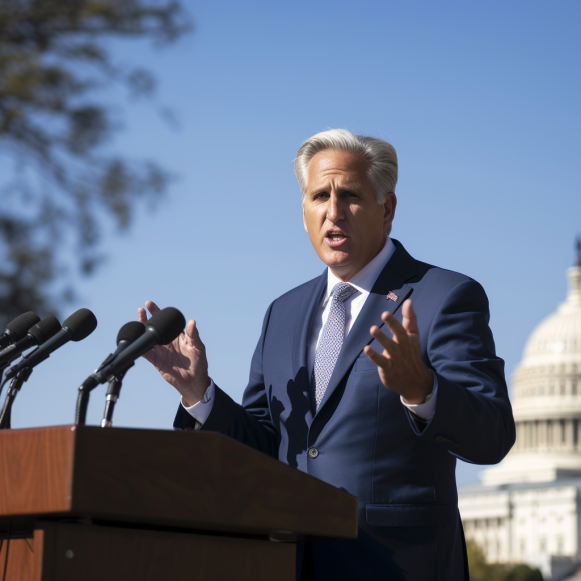Why Hawaii became a hotbed of legal activism to protect the climate

When it comes to climate change mitigation, “yesterday’s good enough has become today’s unacceptable.” That’s what Hawaii’s Supreme Court decided earlier this year, in the first decision in the United States to declare a stable climate an affirmative right.
On Tuesday, the same court dismissed an oil company’s appeal to dismiss a Honolulu lawsuit accusing industry titans of years-long deception campaigns about fossil fuel consumption. The decision expedites the case toward what is likely to be the first climate misinformation trial in the United States against the energy industry.
A youth coalition is also pursuing a first-of-its-kind constitutional lawsuit against the state’s transportation department for approving high-emission projects in the state’s special environmental court, one of only two designated environmental courts nationwide.
The cases demonstrate how Hawaii has become a particularly fertile ground for environmental legal action, fueled by a long tradition of decolonization advocacy, specifically enshrined environmental rights, and a rich Pacific Island heritage that is imminently threatened by global warming impacts — such as the devastating wildfires that ravaged Maui in August. While other US courts argue over jurisdiction and technical legal barriers in climate lawsuits, the state’s courts have moved decisively.
Denise Antolini, a retired law professor at the University of Hawaii, attributes Hawaii’s emergence as a climate litigation trailblazer to a “perfect triangle” of influences: strong Native Hawaiian rights, robust environmental safeguards, and the inclusion of natural resources in the state’s public trust doctrine, which has roots in Indigenous law. “All three [influences] are enshrined in [the state] constitution and in statutes, and now in a whole series of very well-known cases,” he said.
The case, City and County of Honolulu vs. Sunoco, is part of a tangle of cases across the United States that seek to hold oil companies accountable for allegedly misleading consumers about how fossil fuels contribute to global warming.
Island cohesion
Hawaii’s ties to island nations whose survival is threatened by rising sea levels play a significant role in the state’s cultural and legal landscape, bolstering climate rights arguments that are increasingly heard in international courts.
Former Hawaii Supreme Court justice Mike Wilson, who retired in May, stated that judges in the state “are keenly aware of the fact that communities close to us, that we’re culturally connected to… are being exterminated, in part due to the identified actions of a community that is being brought before the courts.” Wilson wrote a concurring opinion in the case In re Hawai’i Elec. Light Co., stating that a stable climate is a constitutional right enshrined in the state constitution’s due process clause.
That connection is also significant for Pahonu Coleman, one of 14 plaintiffs in Navahine F. v. Hawai’i Department of Transportation, which is set to go to trial in June 2024 in Hawaii’s First Circuit environmental court. Our Children’s Trust is the nonprofit in charge of a landmark youth case against the US government at the federal level.
Coleman, 18, sees Hawaii as a “beacon” for other Pacific Islands in peril. “Of course I want to impact the continental US, but also impact my brothers and sisters within the Pacific when it comes to how big nations treat them and their natural resources,” he went on to say.
Coleman, in addition to his role in Navahine, advocates for undoing the colonial influence on education in order to help preserve the Hawaiian language as a “database” of natural resources that are being lost due to global warming.
“We have a wind here in Waimānalo that is named after a once-prominent species of seaweed here in our bay, but we don’t have that seaweed anymore,” Mr. Coleman explained.
Vanuatu and Tuvalu, both Pacific Island nations, have filed climate claims in global tribunals, urging international human rights bodies such as the International Court of Justice and the International Tribunal for the Law of the Sea to issue opinions protecting vulnerable citizens from encroaching climate impacts.
Hawaii’s effects are similar to those of those other countries: shrinking coastlines, flooding, ocean acidification, and water scarcity, all of which disproportionately affect Native Hawaiians.
“That equity context really makes Hawaii part of the Global South in the Global North,” said Lisa Benjamin, a law professor at Lewis & Clark.
Indigenous peoples have been identified as some of the most vulnerable to the effects of global warming by international bodies, including the United Nations. These advisory opinions, while important for indirect influence on courts around the world, are not binding. Indigenous peoples around the world are also using the courts to compel nations to act, with mixed results.
Although the link to international climate rights battles is indirect, affirmative rulings from US courts, according to Maria Antonia Tigre, director of Global Climate Change Litigation at Columbia University’s Sabin Center, are “extremely important” in moving the dial.
Public confidence
In August, the Montana youth who pursued Held v. Montana won a significant victory against the state and its fossil fuel development policies, relying on environmental protections enshrined in Montana’s Bill of Rights. Only Pennsylvania and New York have the same environmental protection provisions.
The public trust doctrine is not included in Hawaii’s Bill of Rights, but it is powerful within a legal system that is already set up to hear environmental cases.
The doctrine derives from Indigenous law, which predates US statehood. According to Earthjustice Mid-Pacific Managing Attorney Isaac Moriwake, the first laws codified by the Hawaiian Kingdom included a version of public trust that prohibited private ownership of natural resources.
“I think these principles are being revived, recaptured, reaffirmed now in this modern era, where we’re confronting through the biggest crisis of sustainability, that, frankly, settler capitalism has ever imposed anywhere,” he said.
Hawaii was a kingdom until Congress transferred sovereignty to the United States in 1898. This marked the beginning of an era of exploitative sugar plantations and American colonization, which privatized the land’s resources.
It wasn’t until a landmark water rights case in the 1970s between two plantation owners that Hawaii’s natural resources were reclassified as public property, this time under US common law.
“It’s only a natural step to then recognize that the climate system, and all the natural resources that encompasses, is also subject to a public trust obligation,” Moriwake said in a statement.
Despite the fact that the state is a leader in climate litigation, it is unclear how future victories will impact other US emissions battles.
“How long will it take for a Mississippi court to recognize [the right to a stable climate] versus a Hawaii court?” “I mean, it’s all part of the process,” Moriwake explained. “The challenge is that we don’t have a whole generation for the law to incrementally evolve to where we need to go.”
Meanwhile, Hawaiians like Coleman and his fellow Navaho plaintiff Rylee K. are feeling the effects that they claim are largely ignored by visiting tourists.
“Our ancestors are here, this is our home, I want to one day raise a family here and be able to show my kids places that I’ve been to that our ancestors have been to,” 16-year-old Rylee said in an interview. “It’s really about protecting my home and I feel like that should resonate with anyone.”





